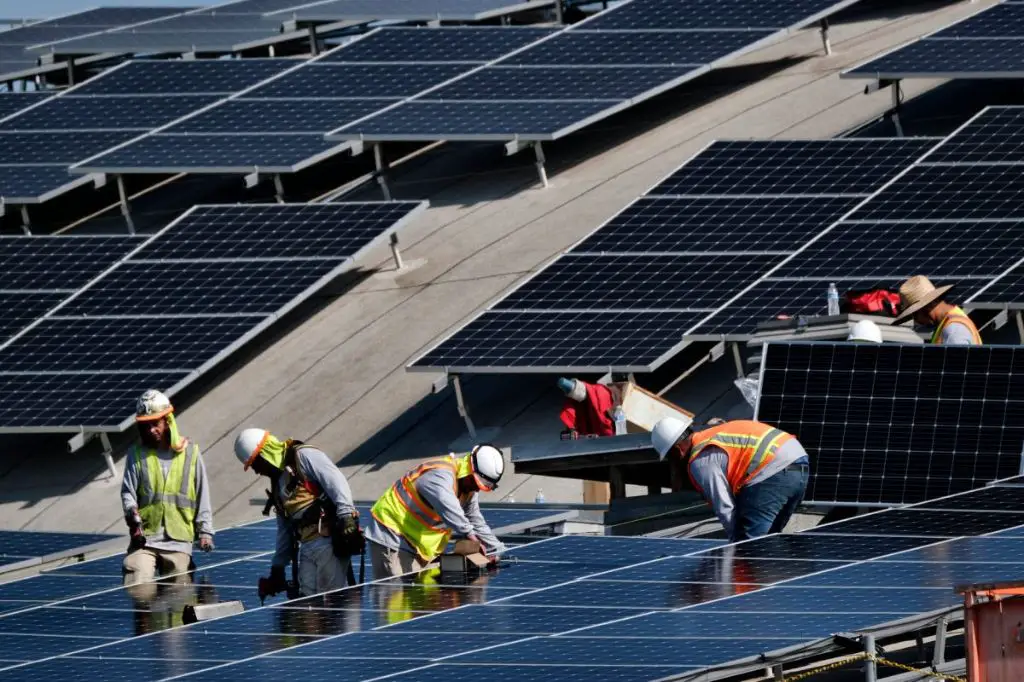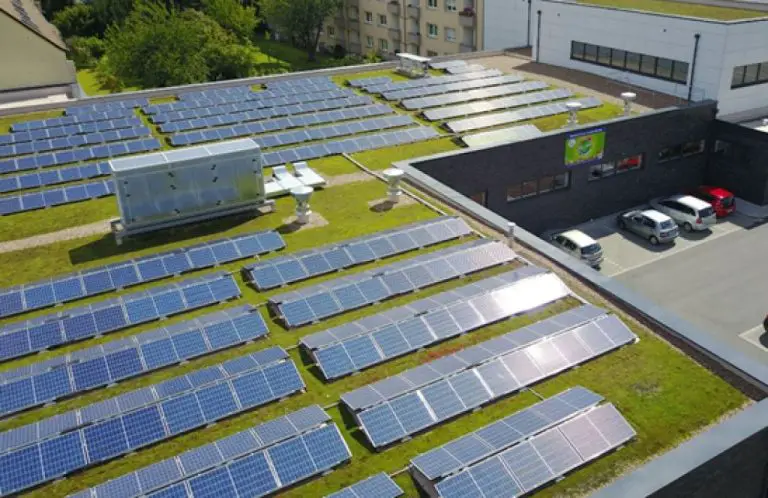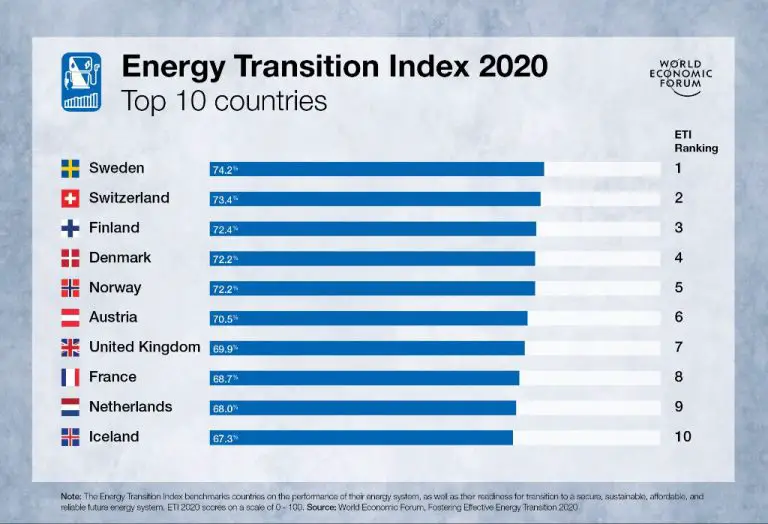How Often Do You Have To Replace Solar Batteries?

Solar batteries are rechargeable batteries that store energy from solar panels for later use. They allow solar panel systems to provide power even when the sun isn’t shining. Solar batteries work by converting sunlight into electricity using photovoltaic cells. This electricity is stored chemically in the battery until needed. When power is required, the chemical reaction is reversed and the stored energy is released from the battery as electrical power.
Solar batteries provide several key benefits for solar power systems. First, they enable solar energy to be used at night and on cloudy days when solar panels aren’t actively producing electricity. Second, they allow solar power to be stored and used on demand, rather than only when the sun is shining. Finally, adding battery storage makes solar power systems more grid-independent by providing backup power during grid outages.
Typical Solar Battery Lifespans
The average lifespan of a solar battery depends on the type of battery technology used. Lead-acid batteries, which have traditionally been used in solar power systems, typically last around 3-5 years before needing replacement. According to one source, lead-acid batteries will only last through 300-500 full discharge cycles before their capacity drops below usable levels (https://www.renogy.com/blog/what-is-the-life-expectancy-of-a-solar-battery/).
Newer lithium-ion batteries, which are gaining popularity for home solar systems, can last significantly longer. Lithium-ion batteries have a lifespan of 5-15 years or more, with some lasting up to 20 years with proper maintenance and operation. They offer around 2,000-3,000 full discharge cycles – up to 6 times longer than lead-acid batteries (https://blog.ecoflow.com/us/how-long-does-solar-battery-last/).
So while older lead-acid batteries need replacement every 3-5 years on average, newer lithium-ion solar batteries can provide over a decade of useful life. Improved technologies are making batteries a longer-term investment.
Factors That Shorten Battery Life
There are several key factors that can shorten the lifespan of solar batteries and lead to earlier replacement needs:
High Temperatures – Exposure to consistent high temperatures will degrade solar batteries much faster. Solar panels exposed to full sun can heat batteries to levels that accelerate capacity loss and corrosion. Proper battery temperature regulation is key for longevity 1.
Deep Discharging – Fully draining the battery too often damages its internal chemistry. Regular deep discharging below 20% capacity greatly shortens battery life. Partial discharges are gentler and extend lifespan 2.
Improper Maintenance – Ignoring maintenance like checking connections, cleaning, and monitoring charge levels leads to preventable deterioration. Proactive upkeep and promptly replacing faulty parts increases the working life of solar batteries.
Extending Your Solar Battery Life
There are several ways to extend the lifespan of your solar batteries and get the most out of your investment. Proper sizing, maintenance, and temperature regulation are key factors.
First, make sure your solar battery bank is properly sized for your system’s power needs. Oversizing the batteries will lead to undercharging and undersizing will lead to overcharging, both of which reduce battery life. Consult with a solar installer to determine the optimal battery capacity.
Regular maintenance is also essential. Check electrolyte levels monthly and refill with distilled water as needed, per the manufacturer’s recommendations. Clean any corrosion on the terminals to ensure a solid connection. Avoid discharging batteries below 50% of capacity whenever possible [1].
Finally, regulate battery temperature. Keep batteries away from direct sunlight and make sure the ambient temperature stays between 60-80°F. Cooler battery temperatures extend lifespan. Consider a temperature-controlled battery box if needed [2].
With proper sizing, maintenance, and temperature control, you can optimize battery performance and lifespan.
When To Replace Batteries
Solar batteries typically need to be replaced after 5-15 years of use, but there are a few signs that indicate it’s time for a new battery:
Capacity loss is one of the main indicators that a replacement is needed. Over time, batteries lose their ability to hold a charge. If your solar battery can’t power your home as long as it used to, it likely needs replacing. According to Sunrun, if your battery only holds 70-80% of its original capacity, it’s time for a new one (source).
Performance degradation is another sign. As batteries age, their internal resistance increases, reducing their efficiency. You may notice the lights powered by your solar battery start dimming more quickly after charging. This voltage sag indicates aging batteries (source).
Swollen or bulging batteries that feel hot to the touch likely need replacement. Chemical changes during repeated charging and discharging can cause damage and overheating. A battery that looks deformed or leaks liquid has reached the end of its lifespan.
Frequent system errors and fault codes also indicate aging solar batteries. Your monitoring system may display alerts that signal it’s time for new batteries.
By replacing solar batteries once these degradation signs appear, you can maintain optimal performance of your solar energy system.
Battery Replacement Costs
The cost to replace solar batteries can vary greatly depending on the type and capacity of the batteries. Here are some typical costs for common battery types:
Lead-acid batteries – The most affordable option, but don’t last as long. Cost for full replacement of a 6 kWh lead-acid battery bank ranges from $1,500 – $4,500.
Lithium-ion batteries – More expensive upfront but last much longer. Replacing a 10 kWh lithium-ion battery costs around $7,000 – $12,000.
According to Angi.com, a typical battery replacement including labor will cost $2,000 to $3,500 on top of the battery purchase price. The specific cost can depend on battery chemistry, energy capacity, warranty, and local labor rates.
For a full home backup system, expect to pay at least $10,000 just for new batteries. Going with lithium-ion over lead-acid can add $5,000 or more to the total.
Proper Battery Disposal
Lead-acid batteries used for solar energy storage should be recycled whenever possible. They contain hazardous materials like lead and sulfuric acid that can contaminate the environment if not disposed of properly. According to the Environmental Protection Agency (EPA), 97% of lead-acid batteries are recycled in the United States.
There are a few options for recycling solar batteries. Some retailers offer battery take-back programs where they’ll accept old batteries when purchasing new ones. Local recycling centers, waste facilities, and scrap metal dealers may also take batteries for recycling. When transporting used batteries for recycling, handle them with care to avoid cracks and leaks.
Alternatively, e-Stewards is a nonprofit certification program that helps identify reputable electronics recyclers that follow EPA standards. Search their database to find certified solar battery recycling locations in your area.
Throwing batteries in the trash or dumping them illegally can allow hazardous materials to seep into the ground and waterways. Recycling solar batteries through a certified program ensures the batteries get dismantled properly, with components like plastic, lead, and acid separated for reuse. This prevents environmental harm and conserves natural resources.
New Battery Options
There are some exciting emerging battery technologies that may one day replace conventional lead-acid batteries for solar energy storage:
Lithium-ion batteries have become the dominant battery chemistry for home solar battery systems. Compared to lead-acid, lithium-ion offers longer cycle life, better performance in extreme temperatures, faster recharge times, and reduced maintenance needs. Major home battery brands like Tesla Powerwall and LG Chem RESU utilize lithium-ion chemistry.
Sodium-ion batteries are a promising new technology still in early stages of commercialization. They offer potential cost savings compared to lithium-ion, since sodium is abundant. However, research is still needed to improve performance. Some companies like Natron Energy are working on bringing sodium-ion batteries to market.
Flow batteries like vanadium redox are beginning to see some residential use. They offer virtually unlimited energy capacity simply by using larger electrolyte tanks. However, flow batteries are still more complex and expensive than standard batteries today.
Overall, lithium-ion is likely to remain the dominant solar battery chemistry for the next 5-10 years. But new innovations like sodium-ion may begin displacing lithium-ion in the coming decades if they can achieve competitive performance and pricing.
Summary
The typical lifespan of a solar battery is 5-10 years. However, various factors like extreme temperatures, improper maintenance, deep discharge cycles, and overcharging can shorten battery life. Signs that your batteries need replacing include a reduction in capacity, inability to hold a charge, corrosion, deformed casing, bulging, and overly high internal resistance. While replacing batteries can be expensive, from $5,000 – $10,000, it is crucial for maintaining a properly functioning solar power system.
To maximize battery lifespan, aim to operate batteries within their ideal temperature range, follow maintenance guidelines, avoid deep discharging, and use charge controllers. New lithium ion and lead carbon battery options can last longer and may be worth the investment if you want to extend the time between replacements. Overall, expect to replace batteries every 5-15 years depending on your system and how well you care for them.
Conclusions
As we discussed throughout this article, properly maintaining your solar batteries through regular inspection, cleaning, recharging, and load testing can significantly extend their lifespan. However, all batteries will eventually need replacement. When that time comes, it’s critical to dispose of old batteries properly. Most solar batteries contain toxic heavy metals like lead, cadmium, or lithium. If not recycled, these metals can leach into the environment, contaminating soil and water. Check with your city or county to find licensed battery recycling centers that will safely recover these materials for reuse.
Recycling is not only important for protecting the environment, but often required by law. Improper battery disposal can result in hefty fines. By responsibly maintaining your solar system and disposing of spent batteries, you reduce waste, minimize pollution, and set a positive example for the growing renewable energy community.






